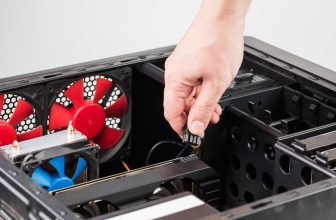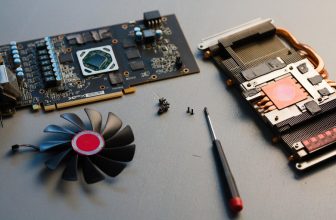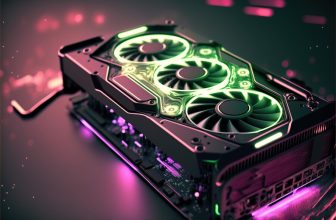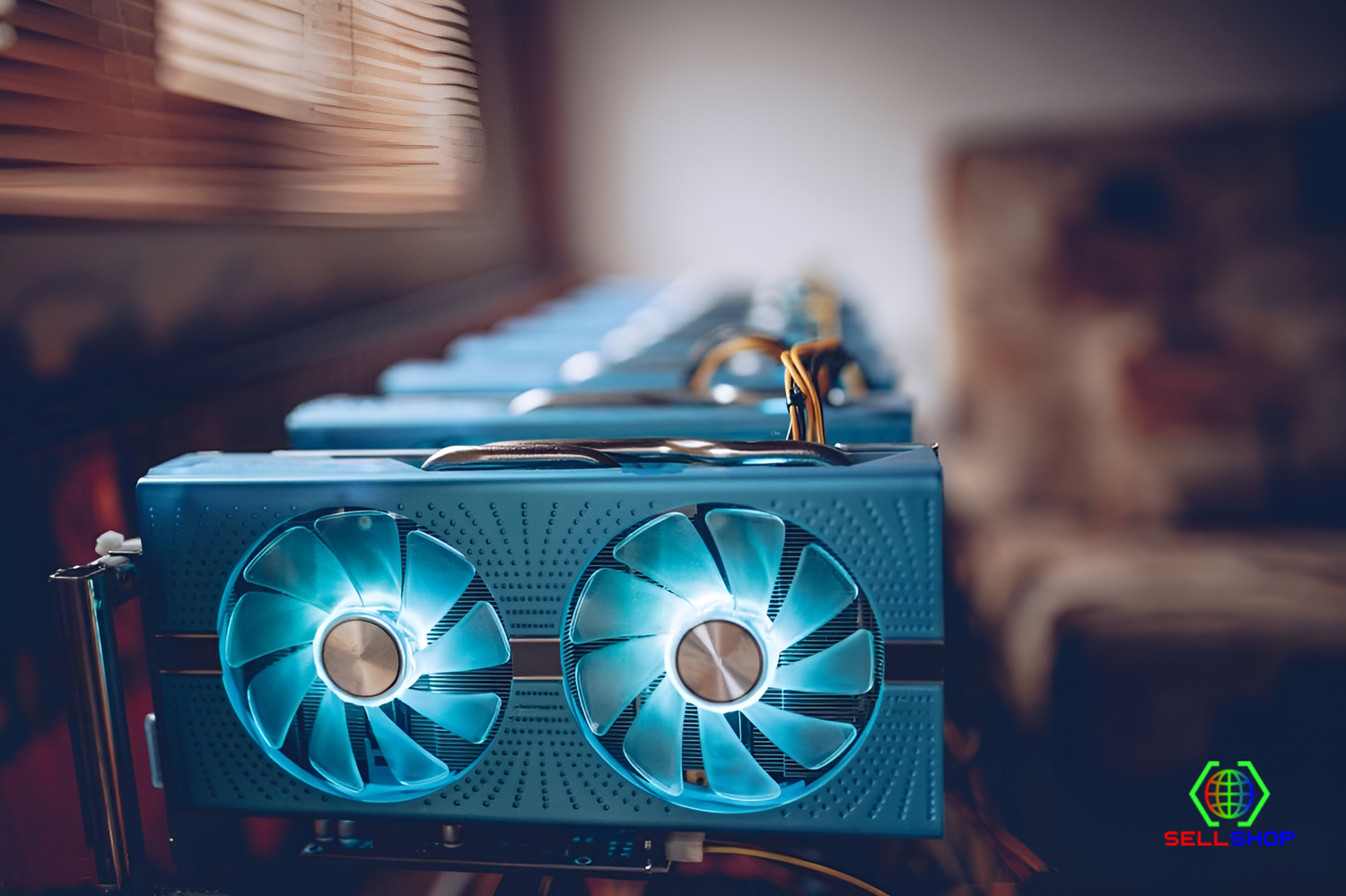
While most computers come equipped with a single graphics card,(How to Use Two Graphics Cards at Once) there are instances where utilizing two graphics cards simultaneously can significantly uplift performance and unhook smoother graphics rendering. In this article, we will explore the process of using two graphics cards at once, moreover known as “SLI” (Scalable Link Interface) or “CrossFire.” Whether you are a gamer or a professional seeking enhanced graphics capabilities, this guide will walk you through the steps to make the most out of your dual graphics vellum setup.
Table of Contents
Introduction to Dual Graphics Vellum Setup
Using two graphics cards simultaneously involves combining their processing power to enhance graphical performance. This setup is expressly salubrious for tasks that require heavy graphics processing, such as gaming, video editing, 3D rendering, and virtual reality applications. By utilizing two graphics cards, you can distribute the graphics workload wideness of both cards, resulting in smoother frame rates, reduced input lag, and improved overall performance.
2. Best Benefits of Using Two Graphics Cards
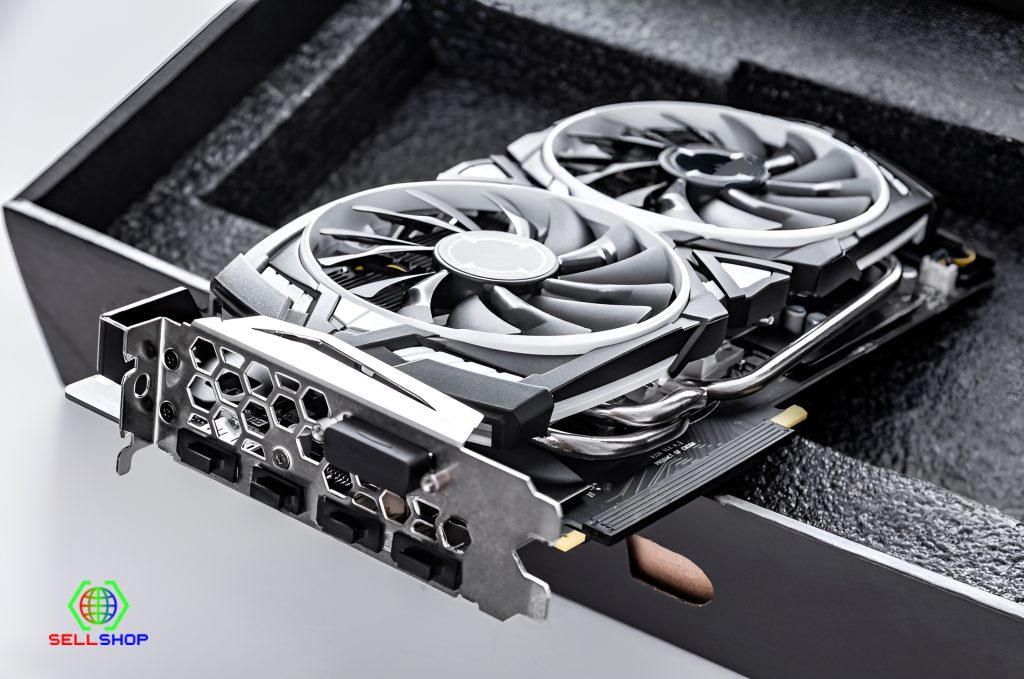
How to Use Two Graphics Cards at Once?
Using two graphics cards offers several advantages for graphics-intensive tasks:
2.1 Increased Performance”How to Use Two Graphics Cards at Once”
When two graphics cards work together, they can unhook significantly higher performance compared to a single card. (How to Use Two Graphics Cards at Once) This increased performance translates into smoother gameplay, faster rendering times, and improved visual quality.
2.2 Enhanced Graphics Quality
Dual graphics vellum setups indulge you to maximize the graphical details and effects in games and applications. With increased processing power, you can enable higher resolutions, anti-aliasing, and wide graphical features that would otherwise be taxing for a single card.
2.3 Future-Proofing of “How to Use Two Graphics Cards at Once”
Investing in a dual graphics vellum setup provides a stratum of future-proofing for your system. As new and increasingly taxing applications are released, having the worthiness to scale your graphics performance by subtracting flipside vellum ensures that your system can handle upcoming requirements.
3. Compatibility and Hardware Requirements

How to Use Two Graphics Cards at Once?
Before setting up a dual graphics vellum configuration, it’s crucial to ensure compatibility and meet the necessary hardware requirements. Here are the important thing considerations:
3.1 Graphics Vellum Compatibility
For SLI, both graphics cards need to be from the same manufacturer and model. Similarly, CrossFire requires compatibility between the graphics cards, which can be from variegated manufacturers but within the same series. Consult the manufacturer’s specifications and compatibility lists to verify if your graphics cards support SLI or CrossFire.
3.2 Sufficient Power Supply
Dual graphics vellum setups can be power-hungry. Ensure that your power supply unit (PSU) has unbearable wattage to support the combined power requirements of both graphics cards, withal with the rest of your system components. It’s recommended to have a PSU with a wattage rating that exceeds the total power consumption of your system.
3.3 Sufficient Cooling “How to Use Two Graphics Cards at Once”
Using two graphics cards generates increasing heat, so proper cooling is essential to prevent overheating. Ensure that your system has unobjectionable specimen airflow and consider spare cooling solutions such as uneaten fans or liquid cooling for optimal thermal management.
4. Configuring SLI or CrossFire
The process of configuring SLI or CrossFire may vary depending on your graphics vellum manufacturer and the software used. Generally, the steps involve:
- Install the necessary graphics vellum drivers for your specific model.
- Open the graphics vellum tenancy panel or software.
- Navigate to the SLI or CrossFire settings.
- Enable SLI or CrossFire functionality.
Refer to the documentation provided by your graphics vellum manufacturer for detailed instructions on configuring SLI or CrossFire.
5. Installing the Graphics Cards
- To set up a dual graphics vellum configuration, follow these steps:
- Power off your computer and unplug it from the power source.
- Open your computer specimen and identify the misogynist PCIe slots.
- Insert the first graphics vellum into the primary PCIe slot and secure it in place.
- Install the second graphics vellum in the towardly PCIe slot, ensuring proper alignment.
- Connect the necessary power cables from your power supply to both graphics cards.
- Close the computer specimen and reconnect all cables.
6 Enabling SLI or CrossFire in Graphics Vellum Software
Once the graphics cards are physically installed, you need to enable SLI or CrossFire functionality through the graphics vellum software. Here’s an unstipulated overview of the process:
How to Use Two Graphics Cards at Once?

- Launch the graphics vellum tenancy panel or software.
- Locate the SLI or CrossFire settings.
- Enable the SLI or CrossFire option.
Note that specific instructions may vary depending on your graphics vellum trademark and software version. Consult the user transmission or online resources provided by the manufacturer for detailed instructions.
7. Best Testing and Monitoring Performance
After configuring your dual graphics vellum setup, it’s essential to test and monitor its performance to ensure optimal functionality. Consider using benchmarking software to assess the graphical performance and stability of your system. Monitor temperatures and usage levels using monitoring tools provided by the graphics vellum manufacturer or third-party software.
8. Troubleshooting Worldwide Issues
Sometimes, issues may upspring during the setup or operation of a dual graphics vellum configuration. Here are some worldwide problems and their potential solutions:
- Driver Issues: Ensure that you have the latest graphics vellum drivers installed. Visit the manufacturer’s website to download and install the most recent drivers for your specific model.
- SLI or CrossFire Not Detected: Verify that the SLI or CrossFire option is enabled in the graphics vellum software. Double-check the physical connections between the graphics cards and the power supply.
- Compatibility Issues: Ensure that both graphics cards are uniform with SLI or CrossFire. Update the BIOS of your motherboard if necessary.
- Insufficient Power Supply: Check if your power supply unit can handle the power requirements of both graphics cards and other system components. If necessary, think about switching to a PSU with more power.
- Overheating: Monitor the temperatures of your graphics cards and ensure that cooling is adequate. Clean any pebbles buildup on the graphics cards and fans.
- If you encounter persistent issues, consult the support resources provided by your graphics vellum manufacturer or seek assistance from online communities and forums defended to PC hardware.
Conclusion of (How to Use Two Graphics Cards at Once?)
- Does gpu fan always spin? | 2024
- GPU Fan Rotation, Save Energy | The Truth About 2024
- Are GPU Fans Always On? | Ultimate Guide! 2024
- How to Increase GPU Fan Speed | Ultimate Guide! 2024
- GPU Fans Might Not Need to Spin Constantly | 2024
Using two graphics cards simultaneously can significantly enhance your system’s graphical performance, whether you are a gamer or a professional requiring wide-stretching graphics capabilities. By pursuing the steps outlined in this guide, you can set up and configure a dual graphics vellum system, maximize performance, and enjoy smoother graphics rendering. Remember to ensure compatibility, meet the hardware requirements, and monitor your system’s performance to troubleshoot any issues that may arise.
FAQs of How to Use Two Graphics Cards at Once?
Q1: Can I use two variegated graphics cards for SLI or CrossFire?
graphics cards need to be from the same manufacturer and model. CrossFire allows variegated graphics cards but within the same series.
Q2: What are the power requirements for a dual graphics vellum setup?
A2: Dual graphics vellum setups can be power-hungry. It’s essential to have a power supply unit (PSU) with sufficient wattage to support both graphics cards and the rest of your system components.
Q3: Will using two graphics cards double the VRAM capacity?
A3: No, using two graphics cards does not double the VRAM capacity. Each vellum retains its individual VRAM capacity, and the total misogynist VRAM remains the same.
Q4: Can I mix and match variegated graphics vellum brands in a dual setup?
A4: Generally, no. SLI requires identical graphics cards, while CrossFire allows compatibility within the same series but not wideness variegated manufacturers.
Q5: Can I use two graphics cards for non-gaming purposes?
A5: Yes, a dual graphics vellum setup can goody non-gaming tasks that involve heavy graphics processing, such as video editing, 3D rendering, and graphic design.
In this comprehensive guide, we have explored the process of using two graphics cards simultaneously, providing step-by-step instructions for setting up and configuring a dual graphics vellum system. By pursuing these guidelines, you can unlock the full potential of your graphics capabilities, hoist your gaming experience, and enhance performance for graphics-intensive tasks.
- Does gpu fan always spin? | 2024 - December 27, 2023
- GPU Fan Rotation, Save Energy | The Truth About 2024 - December 25, 2023
- How to Increase GPU Fan Speed | Ultimate Guide! 2024 - December 19, 2023



